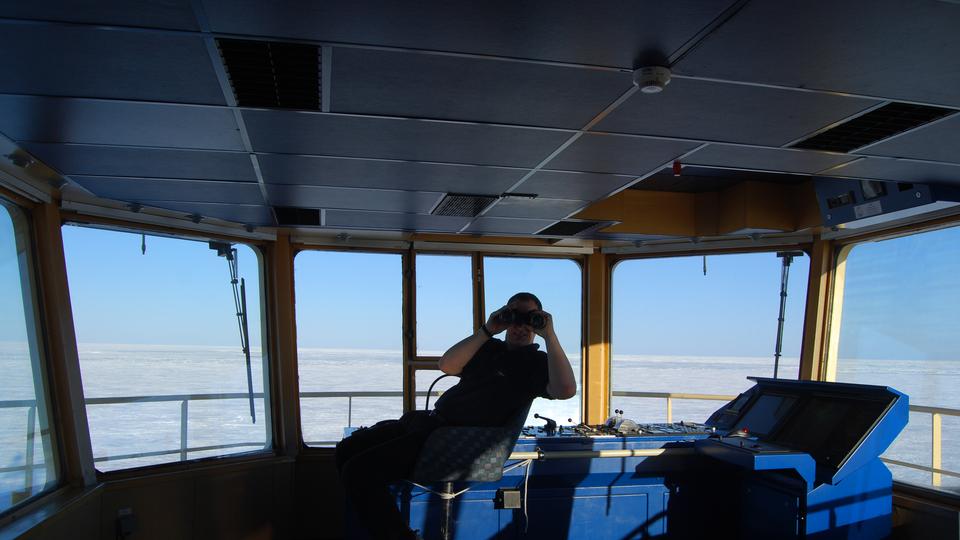
Knowledge bank on indoor air quality on ships
Indoor air quality is important for human health and well-being. For those working on ships, the indoor environment is particularly important as crew members often work and live on board for long periods of time.
As we spend most of our time indoors, both at home and at work, the indoor environment has a significant impact on our health and well-being. The most common sources of indoor air pollution are building materials, furniture and cleaning products. A large proportion comes from people themselves and the use of skin products such as deodorants, shampoos and cosmetics. In addition, indoor air always contains dust and particles.
Even if the levels of these air pollutants are low, they can still give off odours and cause irritation. Occupational health and safety regulations require that the air in the workplace be as free as possible from pollutants that are harmful to health or cause unpleasant odours. Indoor workplaces must also maintain a suitable thermal climate.
It is not always clear what air pollutants can be present in the air and what levels are acceptable. Here you can find out which substances are typically present in the indoor air of ships and may be a subject for measurement. It also provides information on how to carry out air quality tests, their approximate cost and access to short instructional videos. The knowledge bank also provides practical recommendations on how to plan and carry out various tasks on board to reduce the risk of ill health.
Purpose of the knowledge bank
The purpose of the knowledge bank is to provide an overview of the hazardous substances that may be present in the indoor environment of ships, the health risks associated with these substances, what you can do to reduce the risks, and the work environment regulations that apply to the indoor environment of ships. The knowledge bank is based on three previous research projects carried out by Sarka Langer, IVL Swedish Environmental Research Institute, and Cecilia Österman External link, opens in new window., Linnaeus University, between 2013 and 2022. We hope that the material will be useful both to those affected by the indoor environment on board and to others with responsibilities and tasks in the ship's working environment and safety work.
External link, opens in new window., Linnaeus University, between 2013 and 2022. We hope that the material will be useful both to those affected by the indoor environment on board and to others with responsibilities and tasks in the ship's working environment and safety work.
The knowledge bank is divided into sections covering
- Introduction to air quality on board
- Regulations and guidelines
- Gaseous air pollutants in the on-board environment
- Dust and particles in the indoor environment
- Thermal climate and comfort
- Measurement and analysis of air quality parameters
- Advice and recommendations


